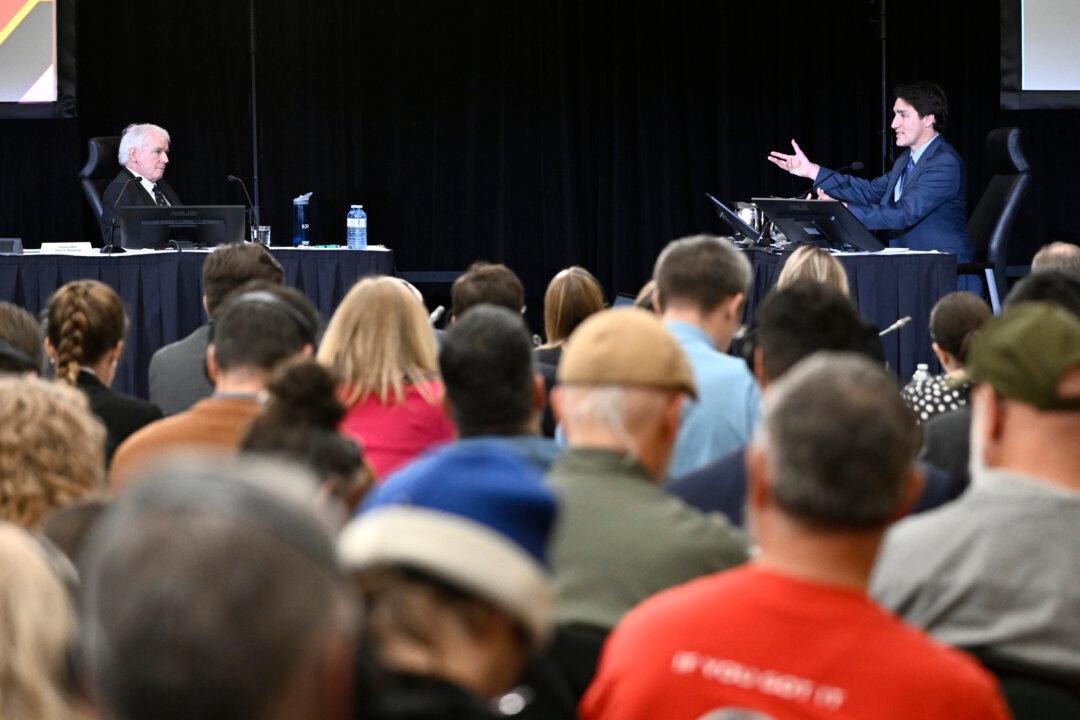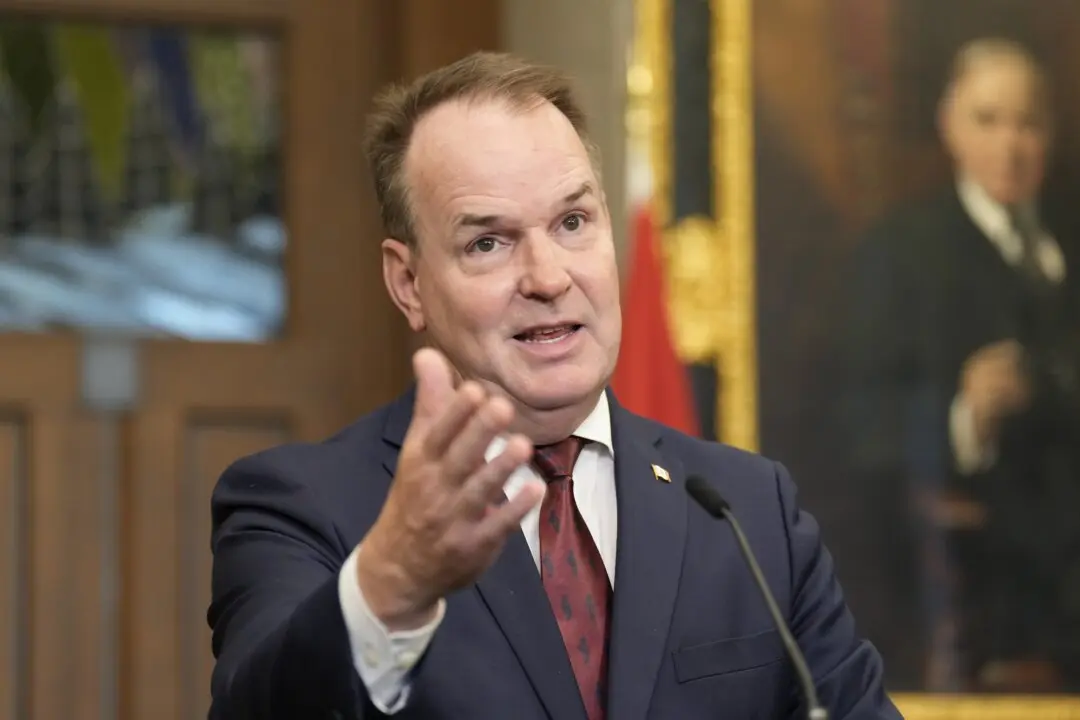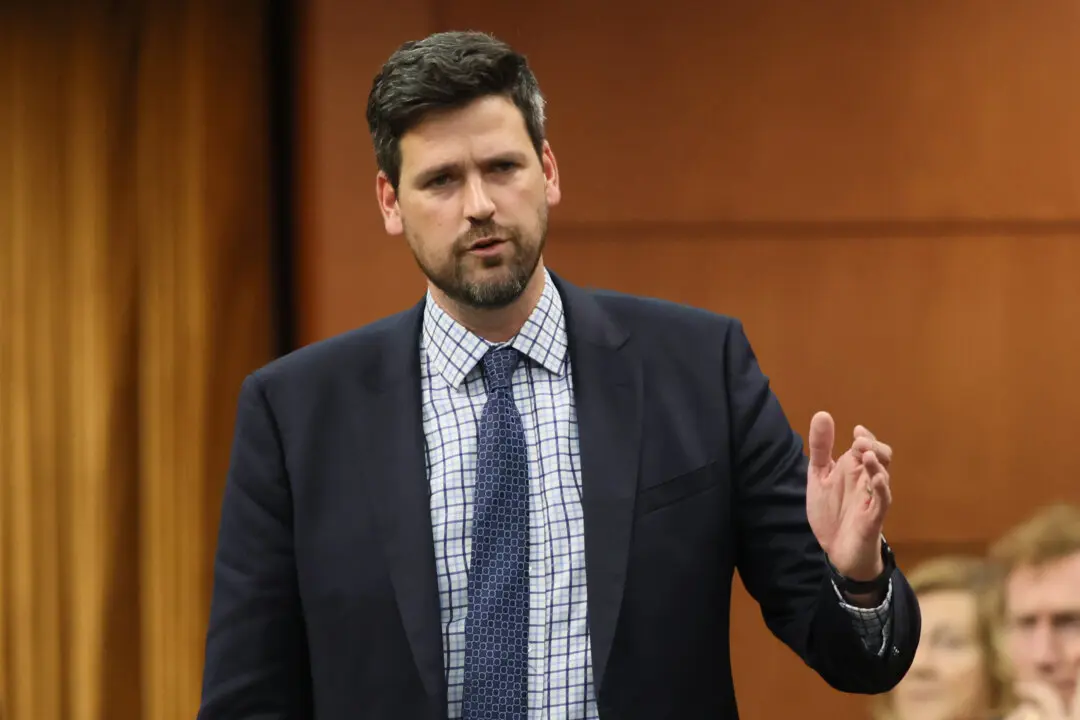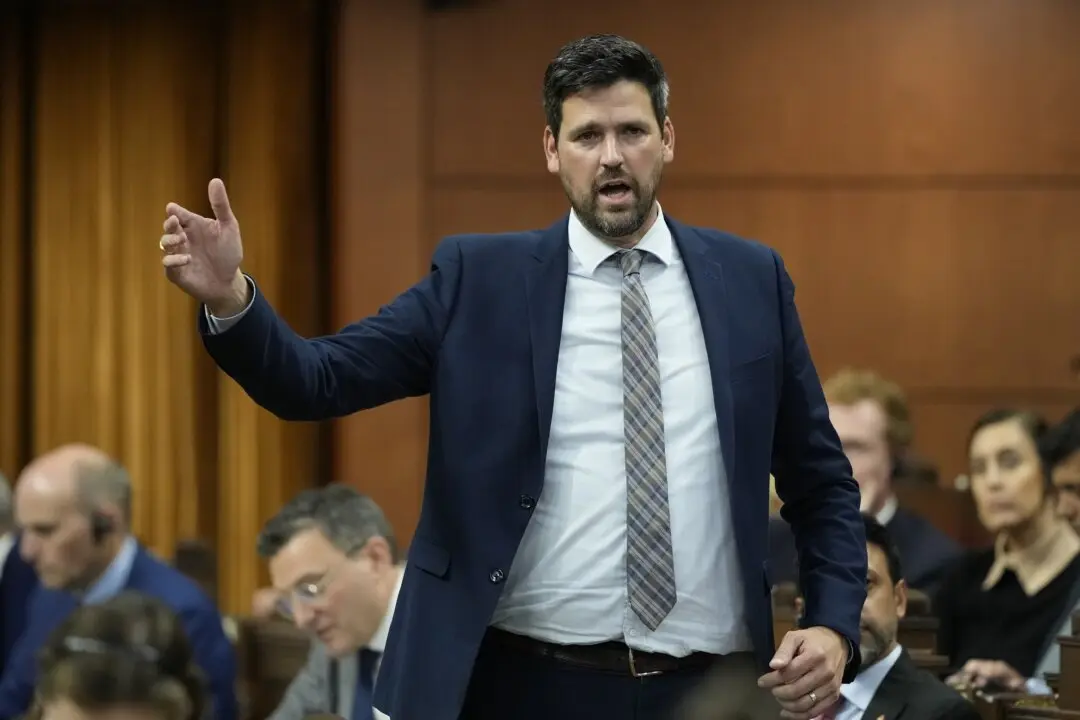News Analysis
The public hearings phase of the Emergencies Act inquiry came to a close on Nov. 25 with testimony from Prime Minister Justin Trudeau. Commissioner Paul Rouleau is now hearing from expert witnesses in the lead-up to issuing his report in February, which will address whether the Trudeau government was justified in declaring a public order emergency.





